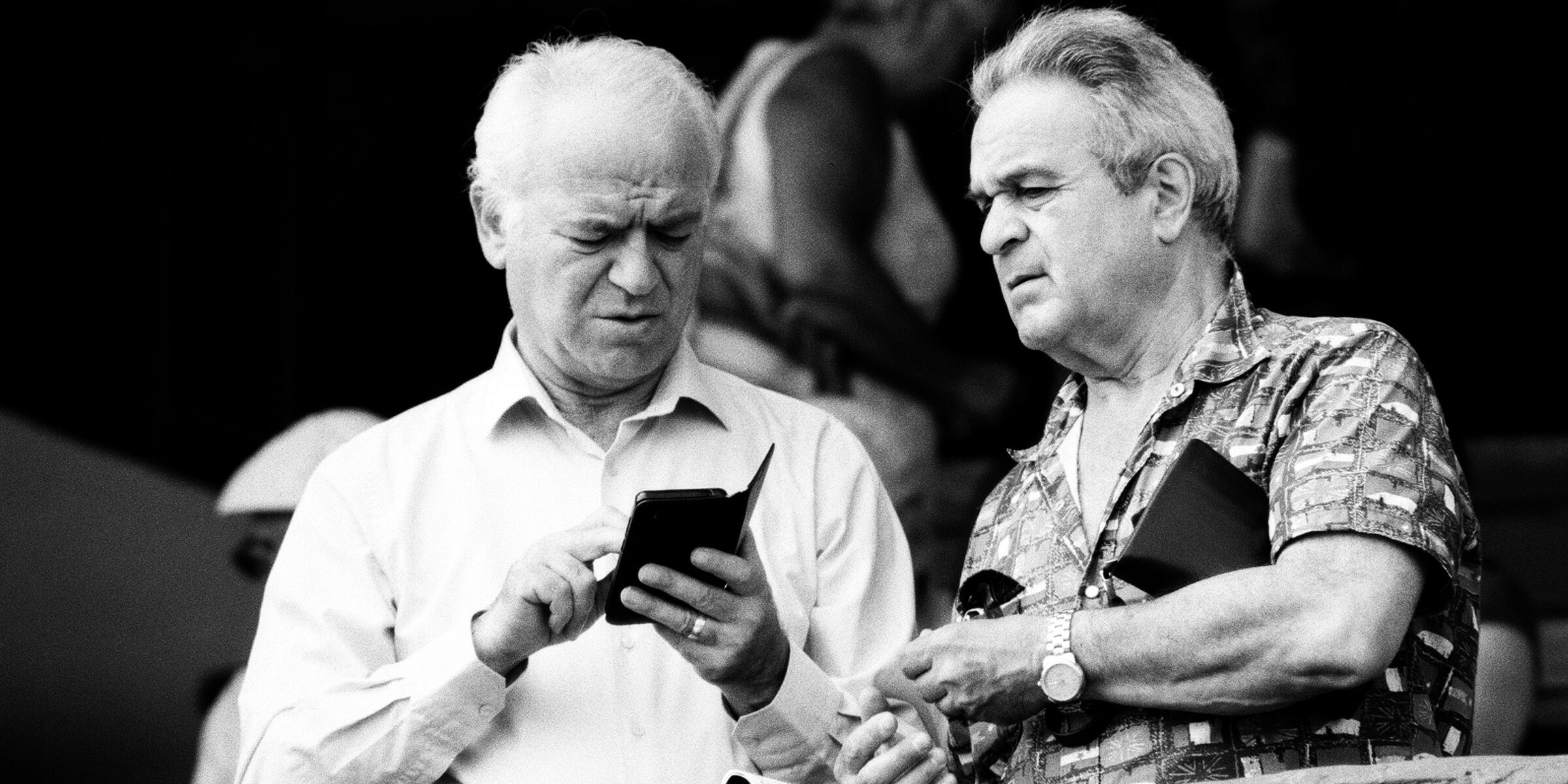For many years, texting has ruled as the king of communication. It has been the most common medium for communication, especially among teenagers and young adults. Moreover, older adults have historically been less willing to transition to newer technology. This is no longer the case. Texting for seniors is increasing in popularity, and it is time for the healthcare industry to make the same transition.
Is texting for seniors actually common?
The quick answer is yes. In fact, a 2017 study by AARP found that text messaging surpassed email as the most popular tool for staying connected among people between 50 and 70 years old. Looking at cumulative totals, 86 percent of people older than 50 connect with people via texting from a mobile device. Although it may be hard to believe, texting for seniors is the new status quo.
Texting for healthcare
Texting a healthcare provider has not been widely accepted as the standard for communication. A reluctance to innovate communication channels has caused many health organizations across the United States to continue using voice call and email as their primary mode of communication. This not only costs hospitals a substantial amount of money, but these messages are also much less likely to be seen by the intended recipient. On the care coordination side, inefficient communication methods like these can cost valuable time and even lives. Today, medical texting services save practices tens to hundreds of thousands of dollars each year. In addition, it allows providers to improve patient health outcomes and customer service experiences, as well as save countless lives.
Healthcare texting services come with a variety of different features and prices. To make things simpler, we have boiled down the list to highlight the 5 essential tools a secure healthcare messaging service must have.
- Two-way Secure Messaging: Message patients, colleagues, and specialists easily without worrying about the privacy of conversations. Send appointment reminders, discuss symptoms, or refill prescriptions right to a patient’s cell phone using secure text messaging.
- File Delivery: Share X-rays, treatment plans, medications, and other protected health information with patients and other providers.
- Cross-Platform Functionality: Enable providers to use a variety of mobile devices or web-based interfaces to support instant communication.
- Health System-Wide Directory: Allow all members of a health system to connect quickly and securely without trouble.
- Reliable Customer Support: In an industry where lost time can mean lost lives, all communication issues must be solved quickly and accurately.
Texting for seniors in healthcare
Those who are 65 and older have the highest rate of hospital visits out of all age groups. Hospital systems must adopt new methods of preventative care that enable providers to check on older patients and keep them out of the emergency room. Fortunately, this is achievable through a healthcare messaging service. Providers maintain contact with their patients and monitor their well-being without requiring additional hospital visits.
Texting for seniors is here to stay. This method of communication should become the standard to ensure the best health outcomes for patients of all ages.
To learn more about implementing a texting solution to improve your practice, schedule a demo today!




